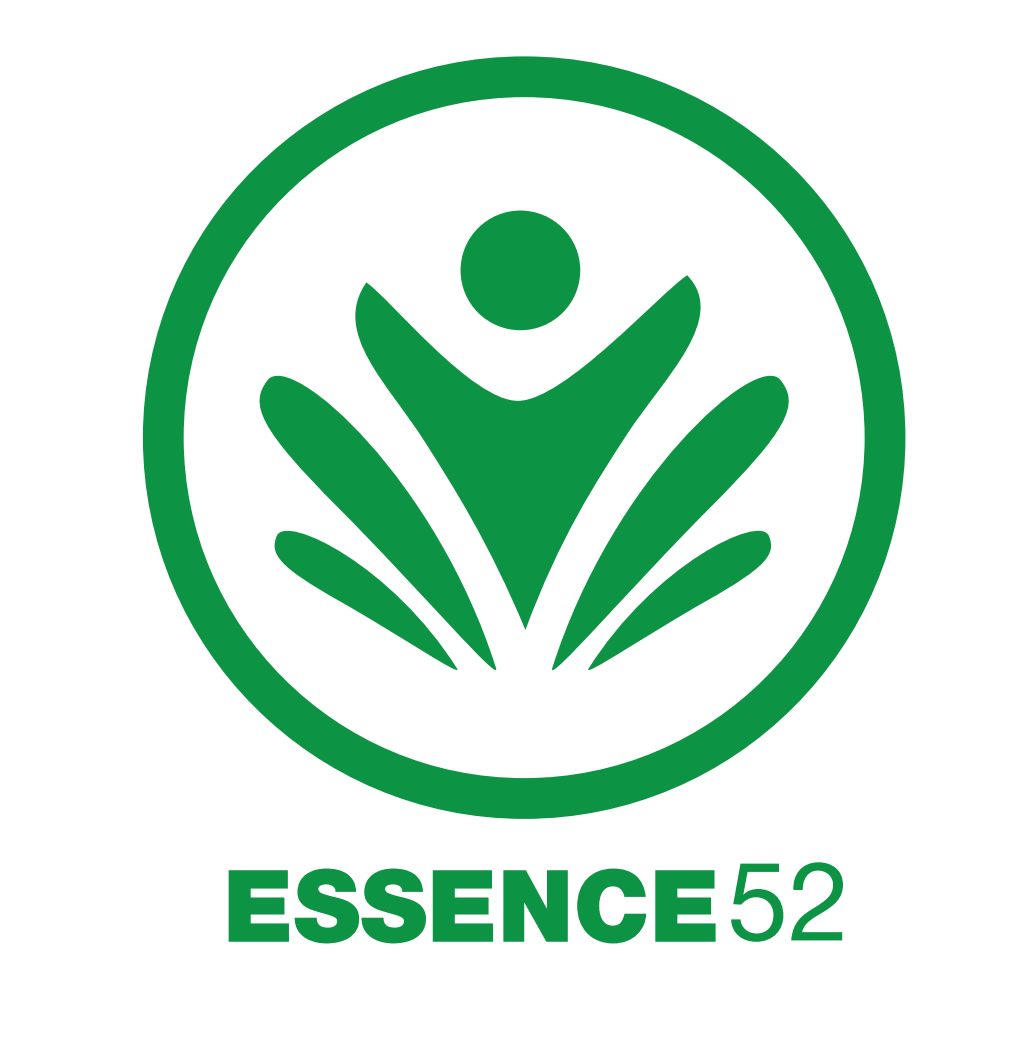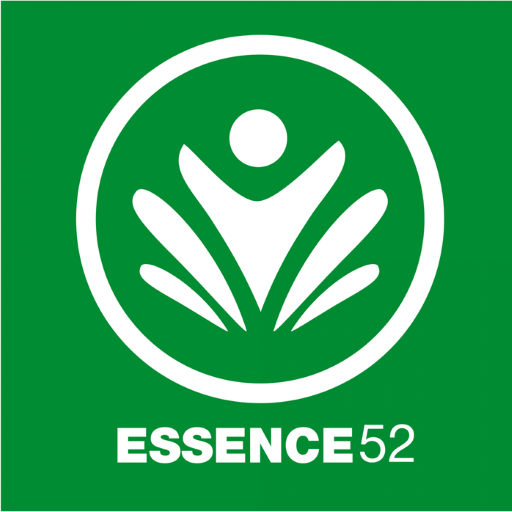
Beyond Activities – The Changing Face
of Life in Residential Care
Part 2 – The Rise of Activities and
Recreation
A Turning Point in Care By the mid-20th century, life in nursing homes was safe but often uneventful. Residents’ physical needs were met, yet social and emotional needs remained overlooked. Many spent long hours inactive, with little to occupy the day.
After the Second World War, new thinking began to emerge. Research in psychology and gerontology highlighted the importance of mental stimulation, social connection, and purposeful activity in maintaining wellbeing. This understanding marked a major turning point — the beginning of 'activities' as a recognised part of care.
The Birth of Recreation and Activity Programmes From the 1960s onward, nursing homes started to introduce recreation or activity departments, sometimes led by volunteers or specially trained staff. The aim was simple: to reduce boredom and create opportunities for enjoyment. Music sessions, arts and crafts, bingo, and group games became regular features of care home life.
These activities offered moments of joy, conversation, and expression. For the first time, older adults were encouraged to participate rather than simply observe. Therapeutic Value and New Professions The idea of activity therapy — later known as recreation therapy or diversional therapy — took shape during this period. Hospitals, mental health services, and residential homes began employing activity coordinators to provide structured engagement.
The role acknowledged that wellbeing was not just physical, but also social, emotional, and cognitive. Even simple activities helped maintain identity and skill, reduce anxiety, and create a sense of belonging. Limitations of the Early Model Although a major step forward, early activity programmes were often staff-directed and uniform.
Residents were gathered together for group sessions, with limited choice or personalisation. While the intention was positive, the approach still placed residents in a passive role — recipients of organised entertainment rather than leaders in their own daily lives.
Looking Ahead Part 3 of this series will explore the modern shift toward resident-led lifestyles, where empowerment, individuality, and meaningful participation move far beyond the activity schedule — shaping every part of care.
All the best,
Liz
A Turning Point in Care By the mid-20th century, life in nursing homes was safe but often uneventful. Residents’ physical needs were met, yet social and emotional needs remained overlooked. Many spent long hours inactive, with little to occupy the day.
After the Second World War, new thinking began to emerge. Research in psychology and gerontology highlighted the importance of mental stimulation, social connection, and purposeful activity in maintaining wellbeing. This understanding marked a major turning point — the beginning of 'activities' as a recognised part of care.
The Birth of Recreation and Activity Programmes From the 1960s onward, nursing homes started to introduce recreation or activity departments, sometimes led by volunteers or specially trained staff. The aim was simple: to reduce boredom and create opportunities for enjoyment. Music sessions, arts and crafts, bingo, and group games became regular features of care home life.
These activities offered moments of joy, conversation, and expression. For the first time, older adults were encouraged to participate rather than simply observe. Therapeutic Value and New Professions The idea of activity therapy — later known as recreation therapy or diversional therapy — took shape during this period. Hospitals, mental health services, and residential homes began employing activity coordinators to provide structured engagement.
The role acknowledged that wellbeing was not just physical, but also social, emotional, and cognitive. Even simple activities helped maintain identity and skill, reduce anxiety, and create a sense of belonging. Limitations of the Early Model Although a major step forward, early activity programmes were often staff-directed and uniform.
Residents were gathered together for group sessions, with limited choice or personalisation. While the intention was positive, the approach still placed residents in a passive role — recipients of organised entertainment rather than leaders in their own daily lives.
Looking Ahead Part 3 of this series will explore the modern shift toward resident-led lifestyles, where empowerment, individuality, and meaningful participation move far beyond the activity schedule — shaping every part of care.
All the best,
Liz

